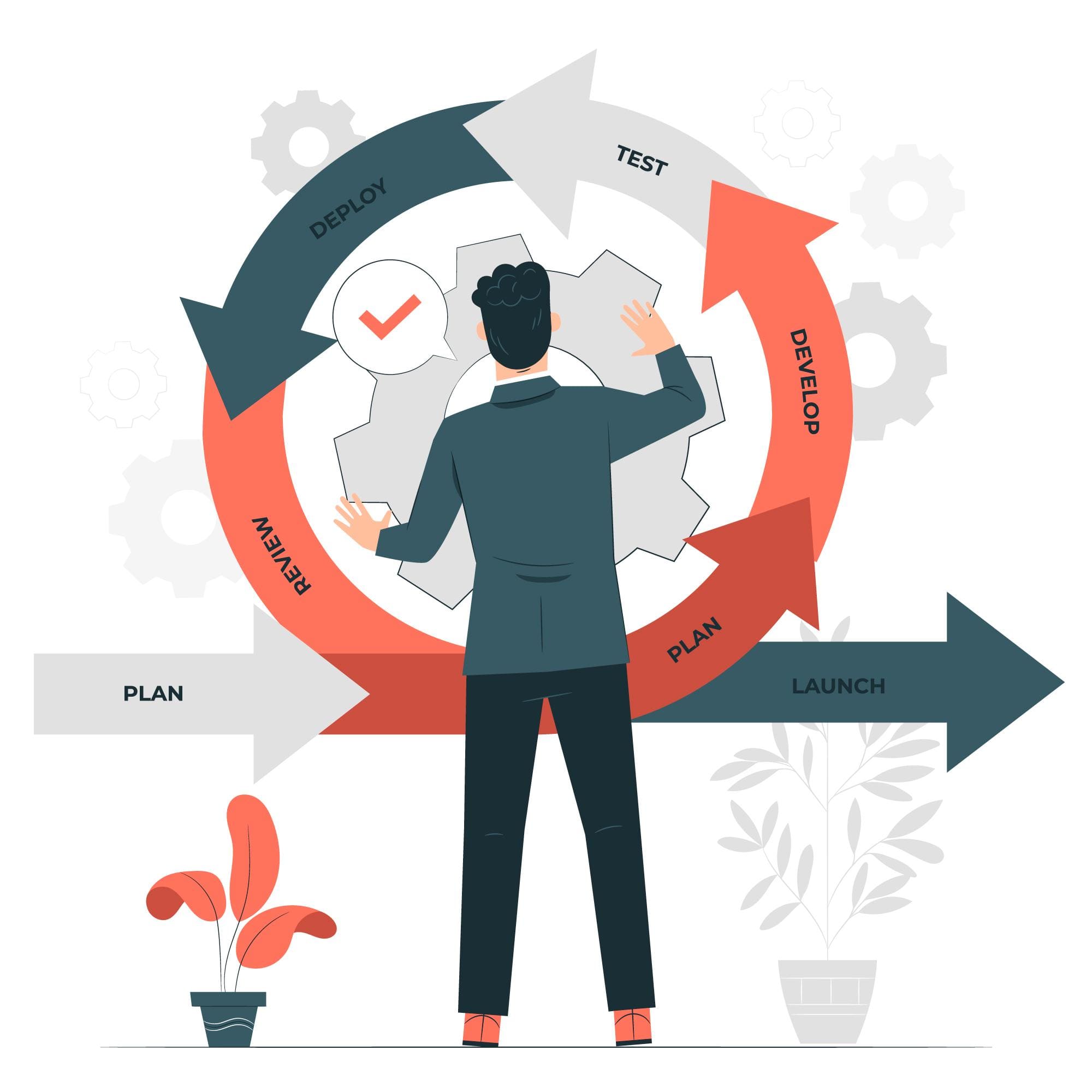Advanced project quality management goes beyond basic quality planning, control, and assurance. It involves the implementation of advanced concepts and techniques to enhance project quality.
Here’s an in-depth exploration of advanced project quality management concepts and techniques:
Quality Planning:
1. Quality Function Deployment (QFD):
QFD is a structured approach to translating customer requirements into specific product or project characteristics. It helps prioritize features based on their importance to customers.

2. Kano Model:
The Kano Model categorizes product or project attributes into basic, performance, and delighter factors. Understanding these categories helps in prioritizing quality features.

Process Improvement:
1. Six Sigma:
Six Sigma is a data-driven methodology focused on eliminating defects and variations in processes. It employs statistical techniques to improve process performance.

2. Lean Management:
Lean principles aim to eliminate waste and optimize processes. Lean techniques like value stream mapping help identify and remove non-value-added activities.

Quality Control:
1. Statistical Process Control (SPC):
SPC uses statistical methods to monitor and control project processes. Control charts help identify variations and maintain process stability.

2. Advanced Inspection Techniques:
Utilize advanced inspection methods such as non-destructive testing (NDT) to assess the quality of project components without causing damage.

Quality Assurance:
1. Benchmarking:
Benchmarking involves comparing project processes or outcomes against industry best practices or competitors to identify areas for improvement.

2. Design of Experiments (DOE):
DOE is a statistical technique used to systematically vary project factors and observe their impact on outcomes. It’s valuable for optimizing processes and identifying key variables.

Integrated Quality Management:
1. Total Quality Management (TQM):
TQM is a holistic approach to quality management that involves all project stakeholders. It focuses on continuous improvement and customer satisfaction.

2. Quality Cost Analysis:
This technique evaluates the cost of poor quality (COPQ) and how investments in quality management can result in cost savings and increased project profitability.

These advanced concepts and techniques in project quality management enable organizations to not only meet quality standards but also continuously improve processes, reduce defects, enhance customer satisfaction, and gain a competitive edge in the marketplace. Integrating these practices into project quality management can lead to better project outcomes and long-term success.